Polyurethane dispersions might sound like a mouthful, but they’re pretty common in things we use every day. Ever wondered what makes your leather jacket so durable or why some paints are just better? That’s polyurethane dispersions at work. These are tiny particles of polyurethane, a type of plastic, suspended in water. They’ve been around for a while, and over the years, they’ve found their way into all sorts of products thanks to their versatility and eco-friendliness. Let’s dive into these dispersions and why they’re becoming a big deal in industries from textiles to coatings.
Key Takeaways
- Polyurethane dispersions are water-based and environmentally friendly, making them a popular choice for sustainable products.
- They are used in various applications, including coatings, adhesives, and textile finishes.
- The basic chemistry involves polyols and isocyanates, which create durable and flexible films.
- Manufacturing processes like the acetone process and prepolymer mixing are key to producing these dispersions.
- Despite some challenges, the future of polyurethane dispersions looks promising with ongoing innovations and market growth.
Introduction to Polyurethane Dispersions
What is Polyurethane Dispersion?
Polyurethane dispersion (PUD) refers to a type of polyurethane polymer that is dispersed in water. Unlike traditional solvent-based polyurethanes, PUDs are waterborne, making them a more environmentally friendly option. They are used in various applications such as coatings, adhesives, and sealants. The versatility of PUDs stems from their ability to form films with excellent mechanical properties and resistance to chemicals.
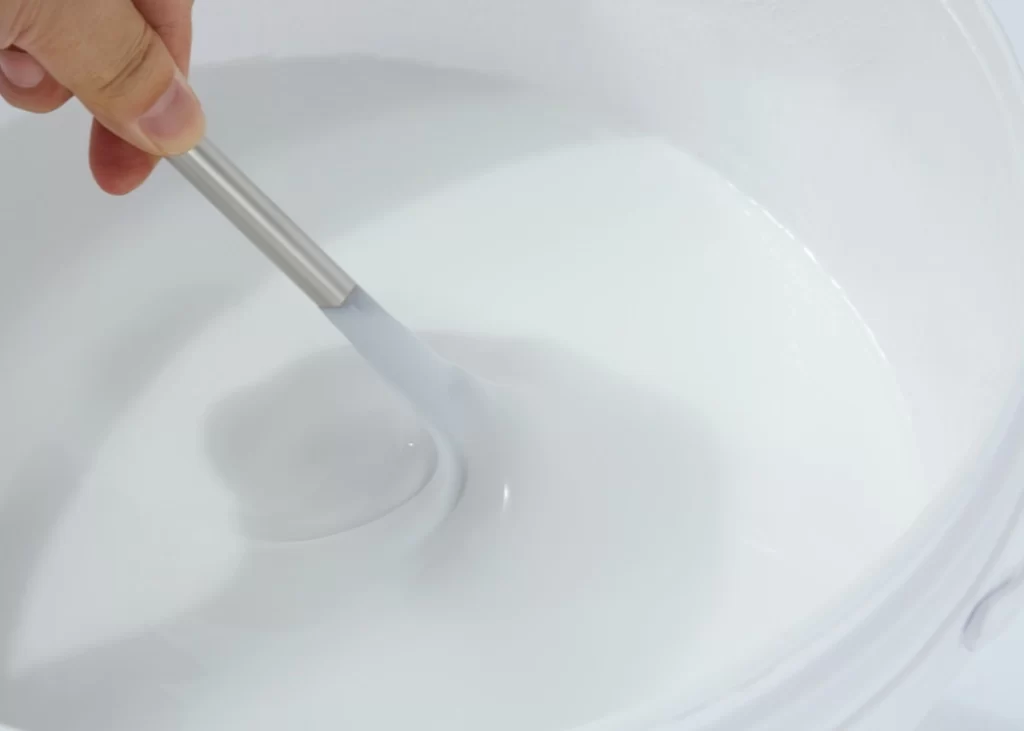
Polyurethane dispersion
Historical Background of Polyurethane
Polyurethanes were first developed in 1937 by Otto Bayer. Initially, they were intended as a replacement for rubber. Over the years, polyurethanes have evolved and diversified, finding uses in everything from foams and elastomers to adhesives and coatings. The development of PUDs marked a significant advancement, driven by the need for safer and more sustainable materials.
Basic Chemistry of Polyurethane Dispersions
At the core of polyurethane chemistry is the reaction between polyols and isocyanates. This reaction forms urethane linkages, which are the backbone of polyurethane polymers. In the case of PUDs, the polyol and isocyanate react to form a prepolymer, which is then dispersed in water. The process often involves the use of internal emulsifiers and chain extenders to stabilize the dispersion and enhance the properties of the final product.
Polyurethane dispersions represent a shift towards more sustainable and versatile materials in the polymer industry. Their ability to combine high performance with environmental benefits makes them increasingly popular in various applications.
Chemical Composition and Properties of Polyurethane Dispersions
Role of Polyols and Isocyanates
Polyurethane dispersions (PUDs) are fascinating materials, primarily made by reacting polyols and isocyanates. Polyols are like the backbone, providing flexibility and durability, while isocyanates are the connectors that link everything together. The variety of polyols—like polyester, polyether, and polycarbonate—affects the properties of the final product. These differences can lead to PUDs that are either more elastic or more rigid, depending on what’s needed.
Impact of Molecular Weight on Properties
The molecular weight of the components in PUDs plays a huge role in determining their properties. Higher molecular weight usually means better mechanical strength and elasticity, but it can also make the material more viscous and harder to work with. On the other hand, lower molecular weight can make the dispersion easier to apply but might compromise on strength and durability.
Film Properties and Performance Characteristics
When it comes to the films formed by PUDs, their properties are influenced by the chemical composition and the processing conditions. These films can be tailored to be flexible, tough, or even water-resistant. They can also be modified to have different gloss levels or to be breathable, which is essential for applications like textiles and coatings. The versatility of PUD films makes them suitable for a wide range of uses, from coatings and adhesives to textile finishes.
Polyurethane dispersions offer a unique blend of properties that can be customized to meet diverse application needs, making them a popular choice in various industries.
Manufacturing Processes of Polyurethane Dispersions
Creating polyurethane dispersions (PUDs) involves several key methods, each with its unique steps and characteristics. Let’s look at some of the most common processes used in the industry.
Acetone Process Explained
The acetone process is a popular method for making polyurethane dispersions. It starts with reacting polyols, isocyanates, and an internal emulsifier to create a prepolymer. This prepolymer is then dissolved in acetone, which helps reduce its viscosity. A tertiary amine, like trimethylamine, is added to neutralize ionic groups. The next step involves chain extension using diamines, such as ethylene diamine, which react quickly with isocyanates. Water is added to form polyurethane particles through phase inversion, and finally, acetone is removed by distillation under reduced pressure. This method is favored for its efficiency in producing stable dispersions.
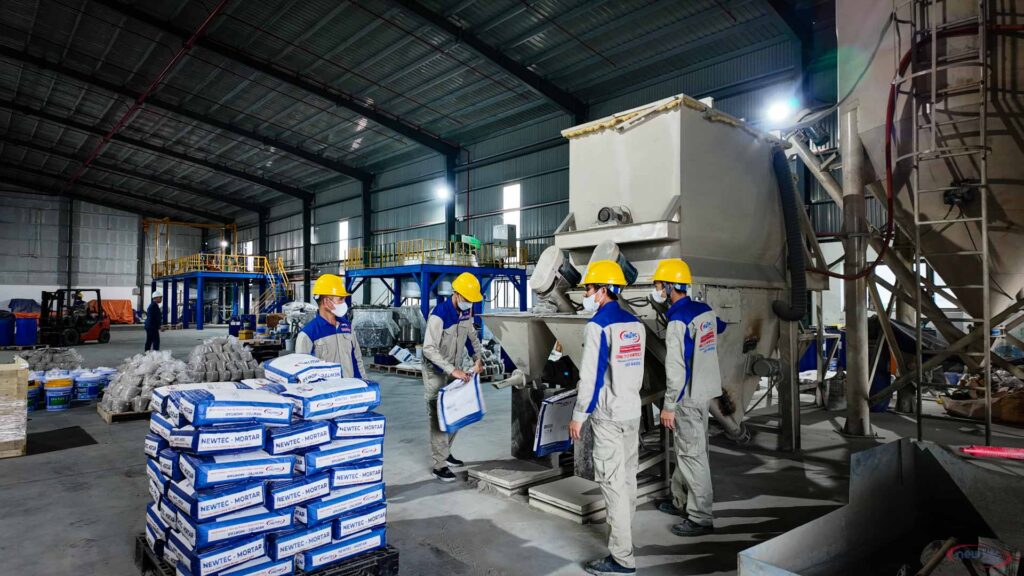
Manufacturing Processes of Polyurethane Dispersions
Prepolymer Mixing Process
In the prepolymer mixing process, the prepolymer is first synthesized by reacting polyols with aliphatic isocyanates. This is followed by modification with an internal emulsifier, often containing hydrophilic groups like dimethylol propionic acid. The prepolymer then undergoes chain extension, typically in a water phase, using chain extenders like hydrazine. This results in a high-molecular-weight polyurethane urea polymer. The process may require high shear rates and sometimes organic solvents, which are later removed to ensure the dispersion is solvent-free.
Chain Extension and Neutralization
Chain extension and neutralization are crucial steps in creating polyurethane dispersions. During chain extension, the molecular weight of the prepolymer is increased, often using diamines or hydrazines. Neutralization involves adding agents that convert ionic groups into quaternized salts, enhancing the dispersion’s hydrophilicity. This step is essential for ensuring that the polyurethane can be effectively dispersed in water, leading to the formation of stable particles. The choice of neutralizing agent and chain extender can significantly impact the final properties of the dispersion.
Understanding these manufacturing processes helps in optimizing the production of polyurethane dispersions, ensuring they meet specific application needs and performance criteria. Each method offers unique advantages, making it possible to tailor the properties of the dispersion to suit various industrial applications.
Applications of Polyurethane Dispersions
Polyurethane dispersions (PUDs) have carved out a significant niche in various industries, thanks to their versatility and performance benefits. Let’s explore some of the key applications where PUDs are making a difference.
Coating Applications
PUDs are widely used in coatings due to their excellent film-forming properties and low volatile organic compound (VOC) content. They provide a durable and flexible finish that can withstand harsh environmental conditions. When it comes to wood floor and furniture coatings, a tin-free dispersion offers excellent chemical resistance, rapid drying, and hardening, along with abrasion resistance. These qualities make them ideal for both protective and decorative purposes.
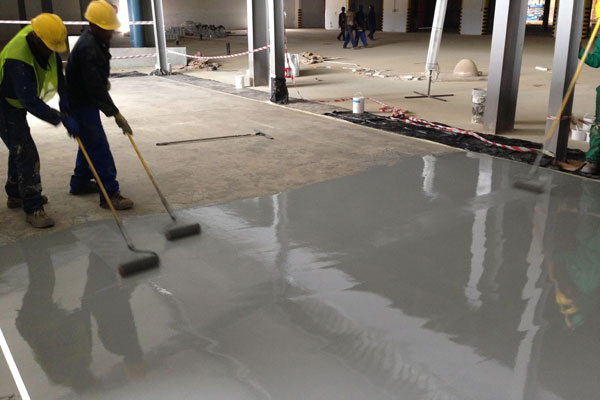
Coating Applications
Adhesives and Sealants
In the realm of adhesives and sealants, PUDs offer strong bonding capabilities and flexibility. They are particularly useful in applications where environmental regulations demand low VOC emissions. PUD-based adhesives provide strong adhesion to a variety of substrates, including metals, plastics, and textiles, without compromising environmental standards.
Textile and Leather Finishing
The textile and leather industries benefit from PUDs’ ability to enhance the softness and durability of materials. PUDs are used to create breathable and waterproof coatings, making textiles more comfortable and functional. For leather, they provide a finish that is both aesthetically pleasing and protective, enhancing the material’s longevity and resistance to wear and tear.
The adaptability of polyurethane dispersions across different industries showcases their potential to replace traditional solvent-based systems, offering a more environmentally friendly and efficient solution.
Benefits of Using Polyurethane Dispersions
Polyurethane dispersions (PUDs) offer a range of benefits that make them an appealing choice for various applications. Let’s dive into some of the key advantages:
Environmental Advantages
One of the standout features of PUDs is their eco-friendly nature. Unlike traditional solvent-based coatings, PUDs rely on water as the primary solvent, significantly reducing volatile organic compound (VOC) emissions. This makes them a preferred choice for industries seeking to minimize their environmental impact.
- Reduced VOC Emissions: By using water as a solvent, PUDs help in cutting down harmful emissions that contribute to air pollution.
- Safer Work Environment: Lower VOC levels mean a safer working environment for employees handling these materials.
- Compliance with Regulations: Many regions have stringent regulations on VOC emissions, and PUDs help businesses stay compliant.
Performance Benefits
PUDs are not just about being green; they also deliver impressive performance characteristics that meet the demands of various industries.
- Durability: PUDs create strong, long-lasting films that resist wear and tear.
- Flexibility: They maintain flexibility, making them ideal for applications requiring a bit of stretch, such as polyurethane rigid foams.
- Adhesion: Excellent adhesion properties ensure that coatings stick well to different substrates, enhancing the lifespan of the product.
Cost-Effectiveness
While the initial cost of PUDs might be higher compared to some traditional materials, they offer long-term savings.
- Lower Maintenance Costs: Due to their durability and resistance to damage, products coated with PUDs require less frequent maintenance.
- Energy Savings: PUDs often cure at ambient temperatures, reducing the need for energy-intensive processes.
- Extended Product Life: The enhanced protective qualities of PUDs contribute to longer product lifespans, offering better value over time.
PUDs are revolutionizing industries with their blend of environmental friendliness, performance, and cost-effectiveness. As more businesses look to sustainable solutions, PUDs stand out as a versatile and beneficial option.
Challenges and Future Directions in Polyurethane Dispersions
Current Limitations
Polyurethane dispersions (PUDs) are pretty amazing, but they’re not without their hiccups. One major issue is the cost of raw materials. High-quality polyols and isocyanates don’t come cheap, and this can make PUDs expensive to produce. Plus, there’s the challenge of balancing performance with environmental concerns. While PUDs are more eco-friendly than traditional coatings, there’s still room for improvement in reducing their environmental footprint.
Another sticking point is their availability. Despite their benefits, PUDs aren’t as widely available as some might hope, partly because of these cost issues. Manufacturers are constantly on the lookout for ways to bring down costs without sacrificing quality.
Innovations and Research Trends
On the brighter side, the world of PUDs is buzzing with innovation. Researchers are diving into new ways to make these dispersions more efficient and versatile. For instance, there’s a lot of interest in using recycled materials to produce PUDs, which could help lower costs and boost sustainability.
There’s also exciting work being done with polyurea technology. By blending polyurea with polyurethane, scientists hope to create coatings that are tougher and more durable. This kind of cross-pollination between materials could open up new applications for PUDs.
Future Market Potential
Looking ahead, the market for PUDs seems pretty promising. As industries push for greener solutions, PUDs stand out as a strong contender. Their ability to provide high-performance coatings while being more environmentally friendly is a big selling point.
However, tapping into this potential won’t be without its challenges. Companies will need to focus on innovation, particularly in terms of cost reduction and enhancing performance. If these hurdles can be overcome, PUDs could very well become a staple in the coatings industry.
As we move forward, the evolution of polyurethane dispersions will likely hinge on our ability to innovate and adapt. The path may be bumpy, but the potential rewards make it a journey worth taking.
Wrapping It Up: The World of Polyurethane Dispersions
So, there you have it. Polyurethane dispersions, or PUDs, are pretty fascinating, right? They’ve come a long way since they first hit the scene. These water-based wonders are not just about being eco-friendly; they’re super versatile too. From coatings to adhesives, PUDs are making their mark across various industries. And let’s not forget their ability to adapt to different needs, whether it’s flexibility, durability, or even a soft touch. As technology advances, who knows what other cool applications we’ll see? One thing’s for sure, PUDs are here to stay, and they’ll likely keep surprising us with new uses and benefits. So next time you see a product boasting about its polyurethane dispersion, you’ll know exactly why it’s a big deal.
Read more: Is Polyurethane Toxic? Understanding the Risks and Safety Measures


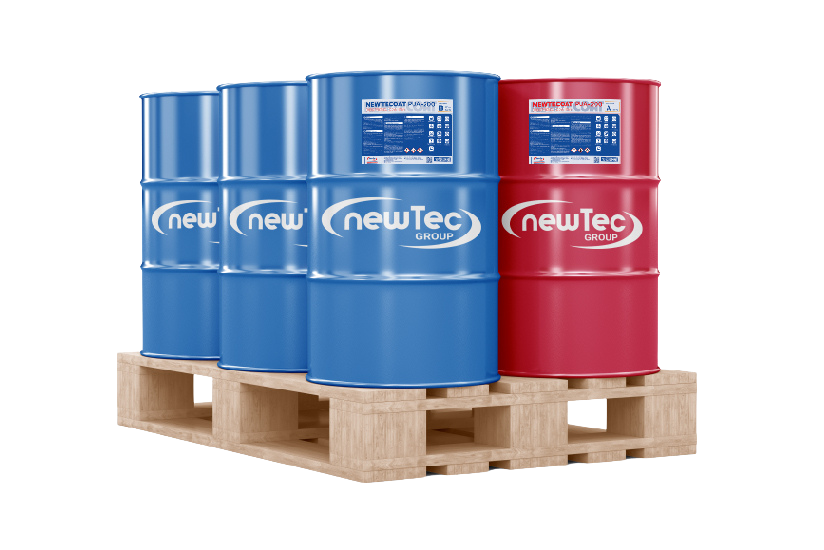
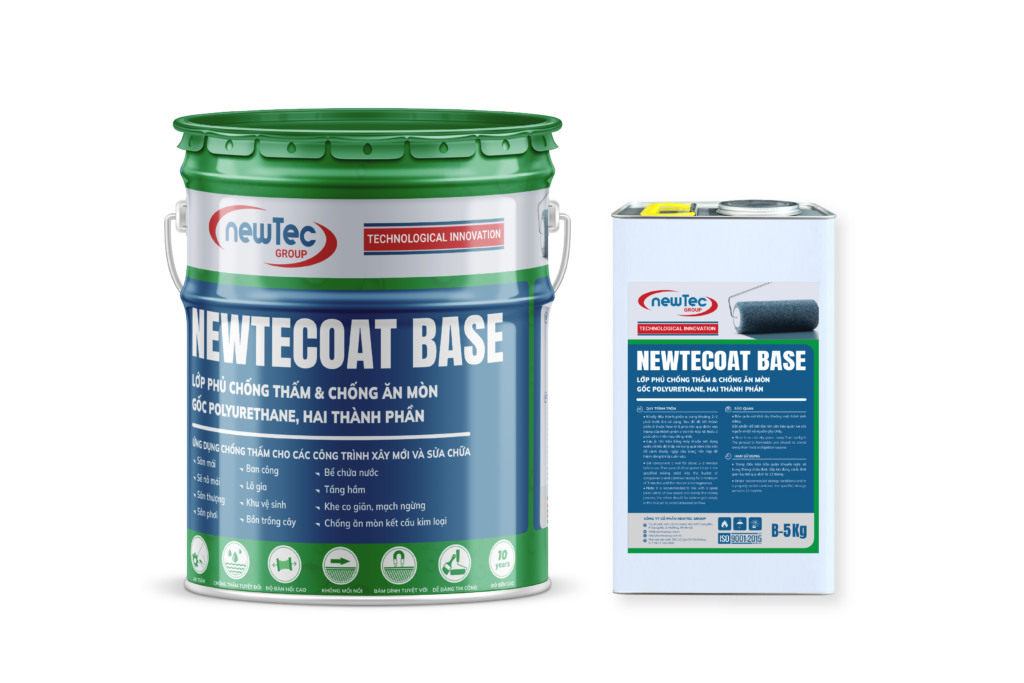
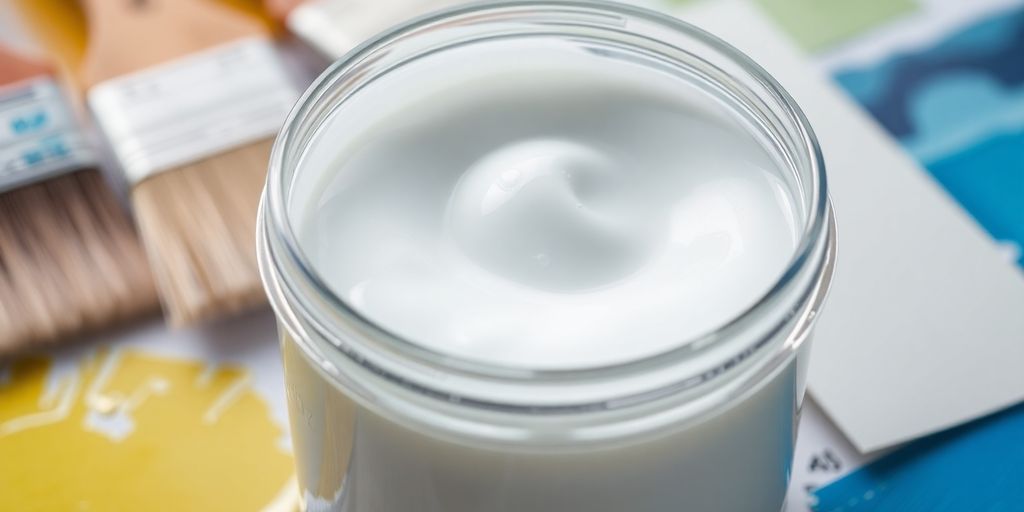
You may also be interested in
Understanding What Polyurethane Foam When Burned Gives Off: Health Risks and Safety Precautions
Polyurethane foam is commonly used in many products, from furniture to insulation. However, when it
May
Exploring the Question: Is Polyurethane Durable Enough for Everyday Use?
Polyurethane is everywhere, from the cushions on your couch to the insulation in your walls.
May
Exploring the Truth: Is Polyurethane Eco Friendly in Today’s World?
Polyurethane is everywhere these days, from your furniture to your sneakers, but is polyurethane eco
May
Trusted Polyurea Manufacturer for Philippines Supporting Industrial and Construction Excellence
The polyurea market in the Philippines is poised for significant growth from 2025 to 2031,
May
The Role of a Reliable Polyurea Manufacturer for Malaysia in Enhancing Construction Quality
Polyurea coatings have become increasingly vital in Malaysia’s industrial and construction sectors due to their
May
Reliable Polyurea Manufacturer for Cambodia Supporting Industrial and Construction Growth
Polyurea coatings are increasingly recognized for their vital role in the industrial and construction sectors,
May
Meet the Leading Polyurea Manufacturer for Thailand Powering Industrial Applications
Polyurea coatings have become an essential solution in various industrial sectors due to their exceptional durability, rapid curing times, and resistance to
May
Exploring Polyurea Manufacturer & Custom Coating Options in Southeast Asia
Polyurea coatings have become a game-changer in the protective coatings industry due to their remarkable
May